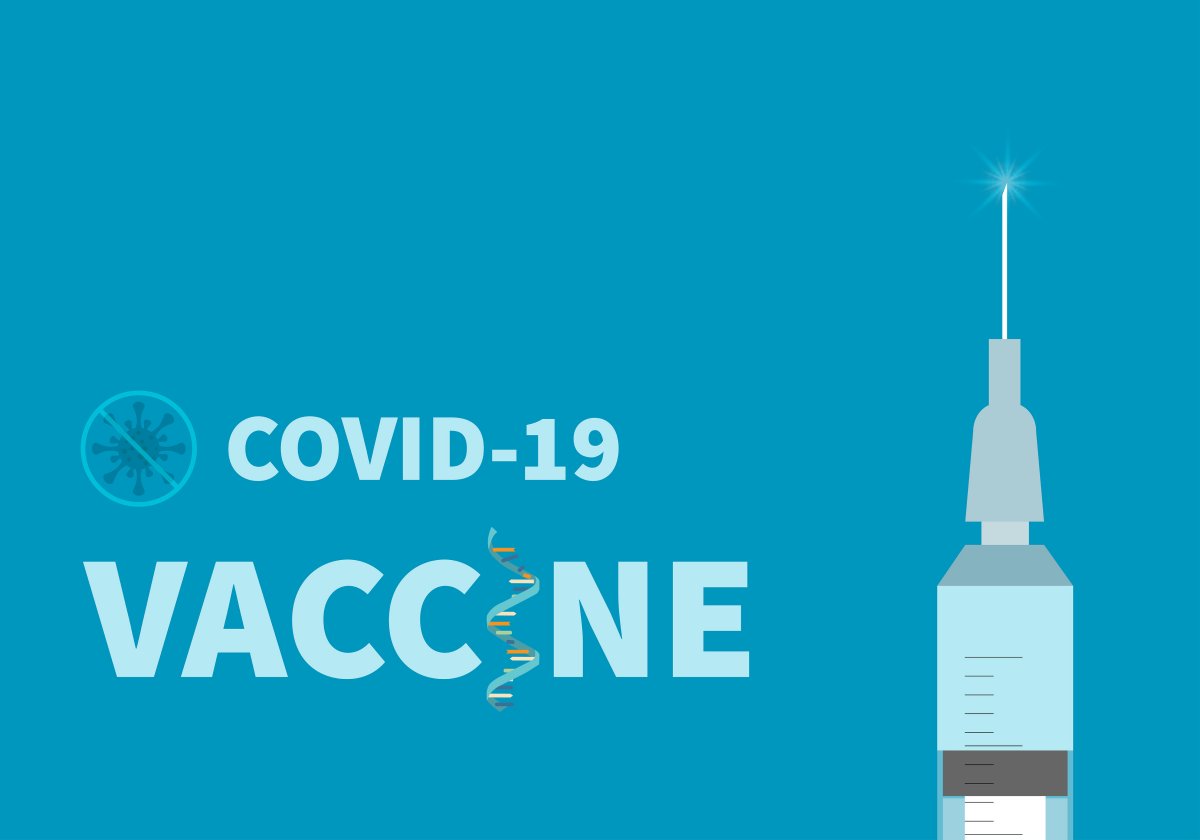Blog 2 of the 4 Part Series: Why I Want a COVID-19 mRNA Vaccine (and why you should too).
This is the second of four blog posts where I share what I have learned as a pediatrician doing research, and why I am excited to receive a COVID-19 vaccine:
- Last Sunday – How vaccines use our immune system to protect us against viruses, bacteria, and even cancer.
- Today – How mRNA and DNA vaccines are different than traditional vaccines.
- This Saturday – mRNA and DNA vaccine safety in animals and humans.
- Wednesday December the 16th – Post Covid-19 Syndrome
What is the Difference Between mRNA and DNA?
Our genetic code is stored in a DNA “double-stranded” spiraling helix, made-up of 4 different DeoxyriboNucleic Acids, corresponding to the A, T, G, or C of our genetic code. Think of DNA as our genetic code storage facility, and RNA (RiboNucleic Acid) as genetic copies that your body uses to make and do things. RNA copies that are used to build things are called “messenger RNA” or mRNA.

Why Use mRNA (or DNA) in Vaccines if all You Need is an Antigen and an Adjuvant?
In my first post, I explained how a vaccine basically has two parts: an “antigen” (for COVID-19, usually the “spike” protein) and an “adjuvant” to stimulate the immune system. Traditionally, vaccine companies make large quantities antigens and adjuvants and then package them into small vials for use. In fact, 5 of the 11 COVID-19 vaccines in clinical trials are being produced just like this. The problem is that takes a lot of time and money to design and build the manufacturing plants that safely and efficiently produce the antigen and adjuvant for a vaccine.
Alternatively, mRNA vaccines (and DNA vaccines) use our own human cells’ built-in protein making ability. The mRNA (or DNA) stimulates our own cells to make the antigen! So instead of having to manufacture a new adjuvant and antigen for every new vaccine, scientists can simply alter the mRNA (or DNA) code so that a different antigen is produced by the cell. And as an added bonus, RNA and DNA generally do not need added adjuvants, as they have built-in genetic code that triggers an immune response.
mRNA and DNA Vaccines Stimulate Cells to Make Antigens and Stimulate the Immune System to Make Antibodies.
In Summary, the mRNA in COVID-19 mRNA vaccines both stimulates human cells to make the COVID-19 spike protein AND stimulates the immune system to make antibodies against the COVID-19 spike protein. This saves both time and money, because scientists and engineers do not have to design and build manufacturing plants to produce large quantities of antigen and adjuvant. Instead, scientists can simply change the mRNA in a mostly ready-to-go system to rapidly manufacture a new vaccine.
In my next post this Saturday, I will review this history and safety of both human and animal mRNA and DNA vaccines. There will be a lot of good information! For example, did you know DNA vaccines have been licensed for use in animals since 2002?
